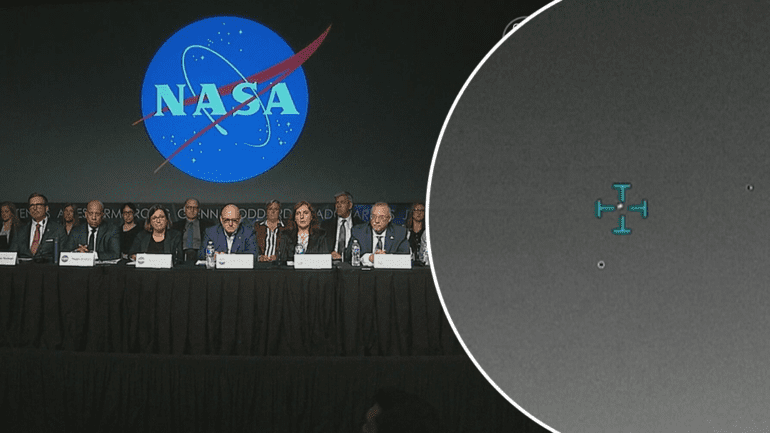TL;DR:
- NASA unveils a new approach to UAP (formerly UFO) research.
- Advanced satellites and AI integration are key components.
- NASA aims to shift the narrative from sensationalism to science.
- The 16-member panel finds no evidence of extraterrestrial origin for UAPs.
- Transparency and reliance on unclassified data are emphasized.
- High-quality UAP observations remain scarce; no scientific conclusions have been drawn.
- NASA defines UAPs as unexplained phenomena in the sky.
- The study, costing under $100,000, represents a pivotal step in UAP research.
Main AI News:
NASA has announced a paradigm shift in its approach to studying Unidentified Flying Objects (UFOs), now officially referred to as Unidentified Anomalous Phenomena (UAPs). The space agency’s revelation comes after a yearlong intensive study, which culminated in a 33-page report produced by an independent team commissioned by NASA.
One of the most significant findings highlighted in the report is the need for new scientific techniques, primarily centered around advanced satellite technology and the integration of artificial intelligence (AI) and machine learning. These tools are deemed essential for identifying and understanding the rare and enigmatic occurrences associated with UAPs.
The study’s key concern revolves around the prevailing negative perception of UAPs, which has long hindered the systematic collection of data. NASA aims to transform this discourse, moving away from sensationalism and embracing a more scientific approach. NASA Administrator Bill Nelson emphasized this shift, stating, “We want to shift the conversation about UAPs from sensationalism to science.”
Crucially, the panel’s exhaustive investigation found no evidence to support the notion that UAPs have an extraterrestrial origin. This conclusion, while addressing lingering speculations, reinforces the need for rigorous scientific scrutiny in the study of these phenomena.
During the one public meeting held earlier this year, the independent team, comprising scientists, aviation experts, artificial intelligence specialists, and retired NASA astronaut Scott Kelly, stressed that there is no conclusive evidence linking UAPs to extraterrestrial life. Notably, no access was granted to top-secret files, with the 16-member panel relying solely on unclassified data to shed light on unexplained sightings in the sky.
It is essential to recognize that high-quality observations of UAPs are scarce, making it impossible to draw definitive scientific conclusions at this juncture. NASA has taken a proactive approach in distinguishing between UAPs and UFOs, defining them as observations in the sky or elsewhere that defy immediate identification or scientific explanation.
This comprehensive study, initiated a year ago and conducted within a budget of under $100,000, signals a bold step forward in NASA’s pursuit of unraveling the mysteries surrounding UAPs. With advanced satellites and AI as its allies, the agency is poised to bring a more data-driven and scientifically grounded perspective to this captivating field of study. The quest to understand the unexplained phenomena in our skies has taken a remarkable turn, thanks to NASA’s commitment to transparency and innovation.
Conclusion:
NASA’s strategic shift towards advanced technology and a scientific approach in UAP research signifies a potential growth opportunity in the market for satellite technology and AI applications in anomaly detection. As the world’s leading space agency takes the lead in this endeavor, private sector investments in similar technology are likely to increase, fostering innovation and driving market expansion. The shift from sensationalism to science also indicates a trend toward more data-driven and transparent approaches in industries related to unexplained phenomena and space exploration.

